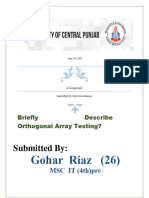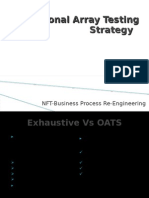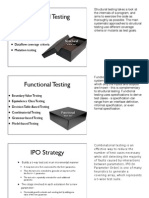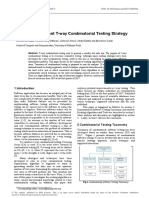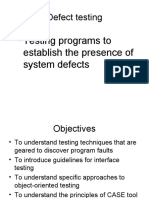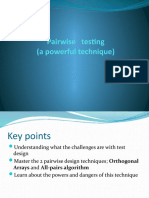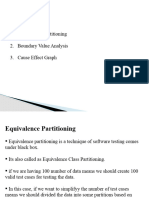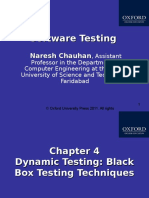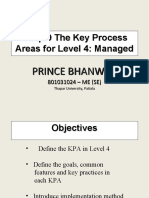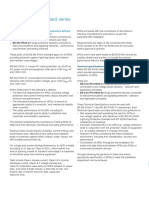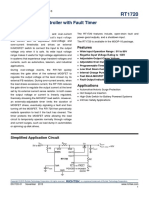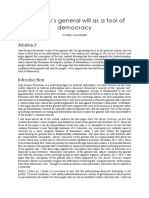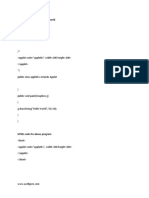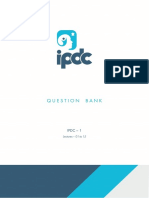0% found this document useful (0 votes)
276 views20 pagesOrthogonal Array Testing
This document provides an overview of orthogonal array testing (OAT). It defines OAT and conventional testing, noting the limitations of conventional testing. It describes the terminology used in OAT and provides examples of how OAT reduces the number of test cases needed compared to exhaustive testing. The document outlines the advantages of OAT in testing pair-wise interactions with fewer cases. It also discusses challenges, mixed mode OAT, available test automation tools, and includes references for further information.
Uploaded by
Prince BhanwraCopyright
© Attribution Non-Commercial (BY-NC)
We take content rights seriously. If you suspect this is your content, claim it here.
Available Formats
Download as PPT, PDF, TXT or read online on Scribd
0% found this document useful (0 votes)
276 views20 pagesOrthogonal Array Testing
This document provides an overview of orthogonal array testing (OAT). It defines OAT and conventional testing, noting the limitations of conventional testing. It describes the terminology used in OAT and provides examples of how OAT reduces the number of test cases needed compared to exhaustive testing. The document outlines the advantages of OAT in testing pair-wise interactions with fewer cases. It also discusses challenges, mixed mode OAT, available test automation tools, and includes references for further information.
Uploaded by
Prince BhanwraCopyright
© Attribution Non-Commercial (BY-NC)
We take content rights seriously. If you suspect this is your content, claim it here.
Available Formats
Download as PPT, PDF, TXT or read online on Scribd
/ 20

